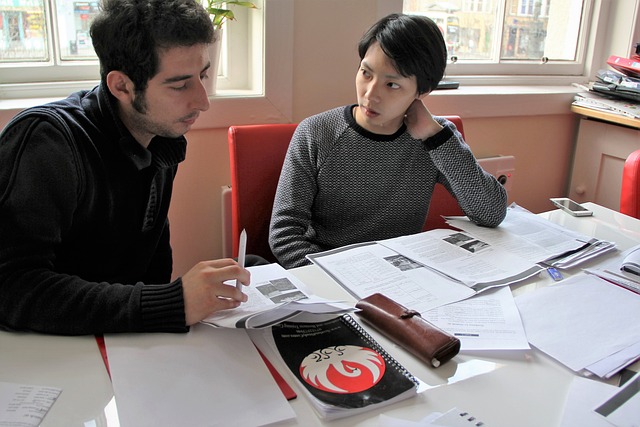WhatsApp Number: +1(249) 265-0080
Physical Evidence Analysis
Discussing physical evidence. Please give examples and include the difference between class and individual characteristics and how Locard’s Exchange Principle applies here.
Check our essay writing services here
Physical Evidence Analysis
Physical evidence plays a crucial role in criminal investigations as it helps establish facts, link suspects to crimes, and verify statements or events. It can include a variety of materials, such as fingerprints, blood, hair, fibers, weapons, and even trace evidence like soil or gunshot residue. These types of evidence are essential for building a case, and understanding their classification and how they connect to forensic principles is critical.
Class vs. Individual Characteristics:
- Class Characteristics: These are features that are shared by a group or category of objects but cannot be traced back to a specific source. For example, a tire tread pattern found at a crime scene can be linked to a particular make or model of vehicle, but it cannot pinpoint the specific vehicle that left it unless additional evidence is found. Another example would be blood type; while it can help narrow down possible individuals, it cannot uniquely identify a person since multiple people may share the same blood type.
- Individual Characteristics: These are unique features that can be linked to a specific object or person. For example, a fingerprint left at a crime scene is unique to an individual, and even though two people may have similar fingerprints, the likelihood of them being identical is extremely low. Similarly, a bullet’s rifling marks, which are made by the grooves inside a gun barrel, can be matched to a particular weapon. These types of evidence can establish individual identification and play a crucial role in criminal investigations.
Locard’s Exchange Principle:
This principle, formulated by forensic scientist Edmond Locard, states that “every contact leaves a trace.” In essence, when two objects come into contact, whether it’s a person with a crime scene or a suspect with a victim, physical evidence is exchanged. This could be as simple as leaving fingerprints or transferring fibers from clothing. The principle highlights the importance of…


